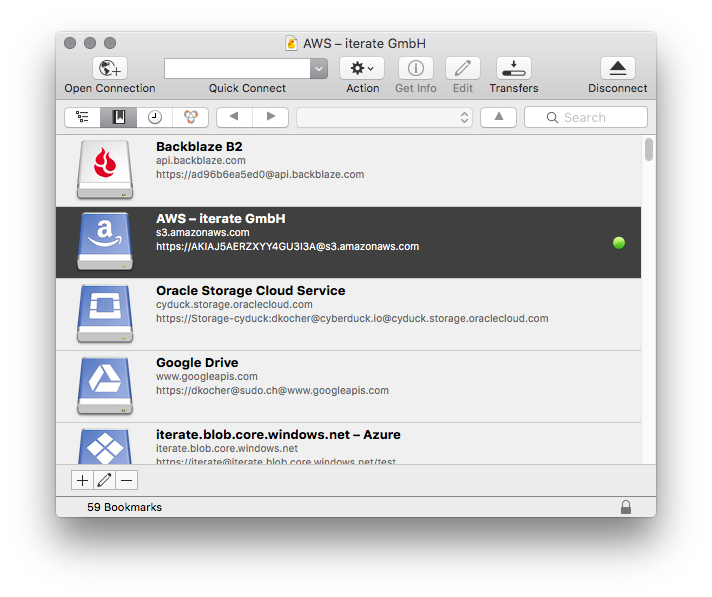
- MOUNTING PROGRAM FOR MAC INSTALL
- MOUNTING PROGRAM FOR MAC UPDATE
- MOUNTING PROGRAM FOR MAC SOFTWARE
- MOUNTING PROGRAM FOR MAC CODE
- MOUNTING PROGRAM FOR MAC OFFLINE
You can include tilde (~) or environment variables in the path.ĭisables localized names for My Drive, Shared drives, and Computers. If the folder does not exist, a new folder will be created. If the mount path already exists, the destination folder needs to be empty. You can use an environment variable to specify the drive letter or customize the path (for example C:\Users\%USERNAME%\GoogleDrive).


Windows-Set a mounted drive letter or a path on an existing drive. This setting is only available for admins, as an override or host-wide setting.
MOUNTING PROGRAM FOR MAC OFFLINE
The limit is capped at 20% of the available space on the hard drive (regardless of the setting value).The setting does not apply to files made available offline or files that are in the process of uploading. Sets the limit on content cache size in kilobytes. Mac- ~/Library/Application Support/Google/DriveFS If you delete your custom setting, data will move back to the default location. When Drive for desktop restarts, local data in the old content cache will move to the new content cache location. Sets the path to the content cache location on a connected APFS, HFS+, or NTFS file system. If you clear the cache before an upload is complete, that file will be lost. Files are moved here before they're uploaded. Warning: Be cautious about clearing the Google Drive for desktop cache to try to fix general problems. Start Drive for desktop automatically on session login.

You should not modify the plist file directly, as some changes might not be applied. On macOS, the defaults command maintains a plist file for settings. On Windows, create the registry keys if they don't already exist. Set these name and value pairs using the registry keys or defaults command, as described above. Sudo defaults write /Library/Preferences/ ForceBrowserAuth -bool trueĭefaults write BandwidthRxKBPS -int 100 Settings Sudo defaults write /Library/Preferences/ DefaultMountPoint '/Volumes/Google Drive' HKEY_LOCAL_MACHINE\Software\Policies\Google\DriveFS HKEY_CURRENT_USER\Software\Google\DriveFS HKEY_LOCAL_MACHINE\Software\Google\DriveFS Additionally, note that administrators can set override values that end users can't change.
MOUNTING PROGRAM FOR MAC UPDATE
To set the Drive for desktop options, you update registry keys (Windows) or use the defaults command (macOS). If you’re not familiar with making these updates, contact your administrator or check your operating system documentation. If you haven't done so already, download and set up Drive for desktop. These configurations can be set at the user or host level, and persist when Drive for desktop restarts.

MOUNTING PROGRAM FOR MAC CODE
The filesystems repository contains source code for several exciting and useful file systems for you to browse, compile, and build upon, such as sshfs, procfs, AccessibilityFS, GrabFS, LoopbackFS, SpotlightFS, and YouTubeFS.You can specify custom options for Google Drive for desktop, including the default drive letter on Windows, the mount point on Apple macOS, the cache location, bandwidth limits, and proxy settings.
MOUNTING PROGRAM FOR MAC INSTALL
If you prefer another language (say, Python or Java), you should be able to create file systems in those languages after you install the relevant language bindings yourself. It comes with C-based and Objective-C-based SDKs.
MOUNTING PROGRAM FOR MAC SOFTWARE
The macFUSE software consists of a kernel extension and various user space libraries and tools. Therefore, many existing FUSE file systems become readily usable on macOS. It provides multiple APIs, one of which is a superset of the FUSE API (file system in user space) that originated on Linux. In more technical terms, FUSE implements a mechanism that makes it possible to implement a fully functional file system in a user-space program on macOS. Since FUSE file systems are regular applications (as opposed to kernel extensions), you have just as much flexibility and choice in programming tools, debuggers, and libraries as you have if you were developing standard macOS applications. Writing a file system using FUSE is orders of magnitude easier and quicker than the traditional approach of writing in-kernel file systems. The content of these file systems can come from anywhere: from the local disk, from across the network, from memory, or any other combination of sources. Legacy MacFUSE file systems are supported through the optional MacFUSE compatibility layer.Īs a developer, you can use the FUSE SDK to write numerous types of new file systems as regular user space programs. MacFUSE allows you to extend macOS's native file handling capabilities via third-party file systems.Īs a user, installing the macFUSE software package will let you use any third-party FUSE file system.


 0 kommentar(er)
0 kommentar(er)
